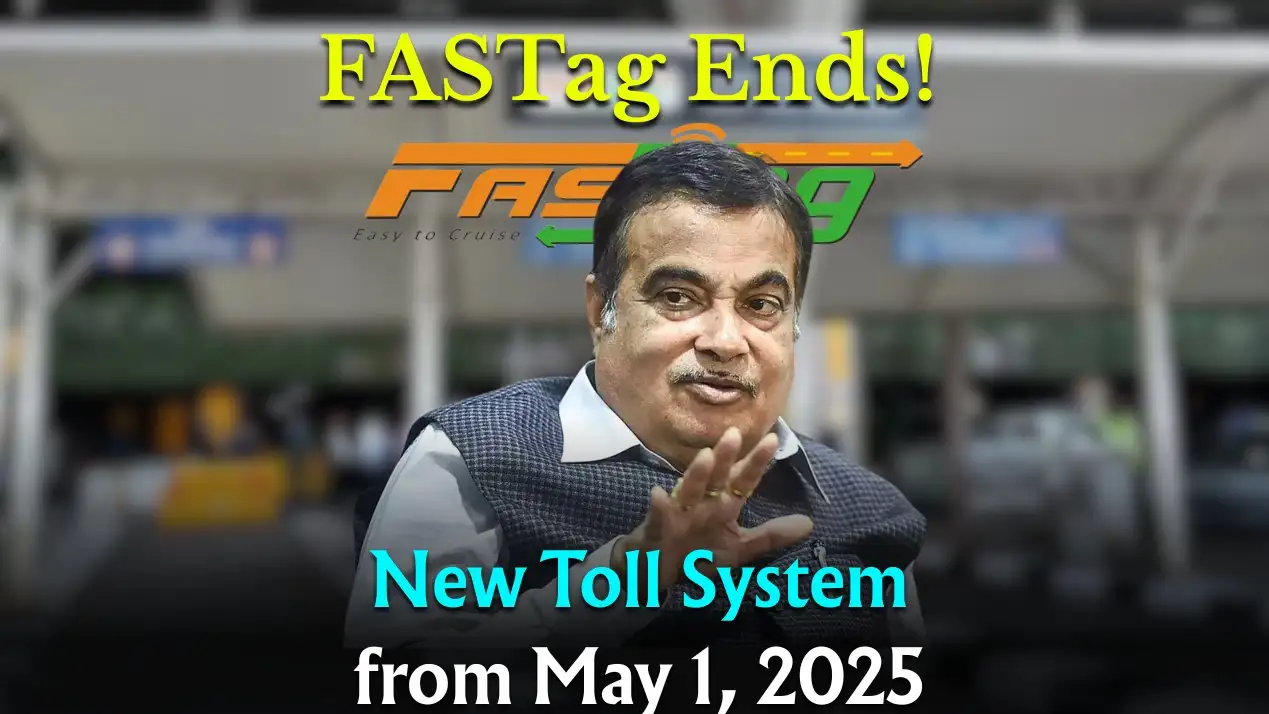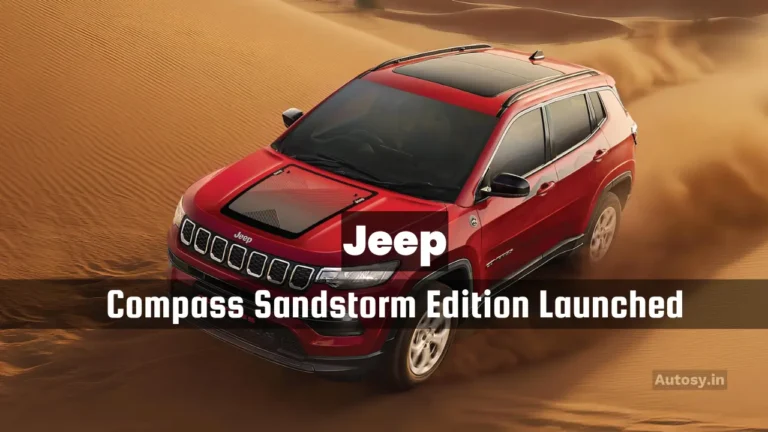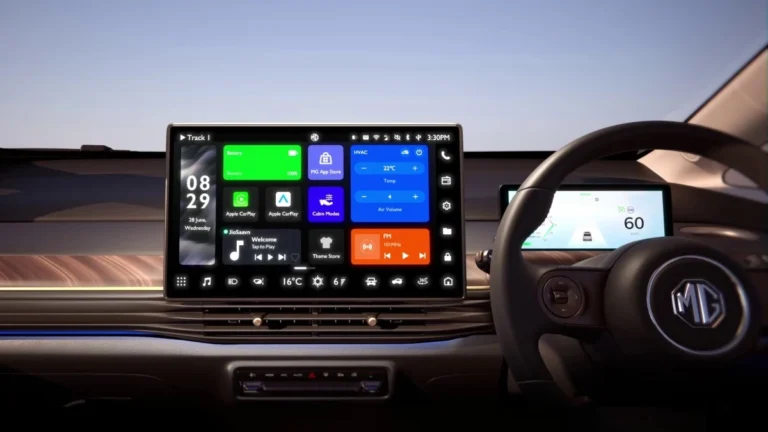India’s New Satellite-Based Toll System: GNSS to Replace FASTag from May 1

The days of waiting in long queues at toll plazas may soon be over. From May 1, 2025, the Indian government will begin rolling out a new toll collection system based on satellite tracking. Announced by Union Minister Nitin Gadkari, this move aims to gradually replace the current FASTag system with a more accurate and efficient technology: GNSS.
What Is GNSS-Based Toll Collection?
GNSS stands for Global Navigation Satellite System. It uses GPS-based tracking to calculate toll charges based on the actual distance travelled on national highways. Unlike FASTag, which charges fixed amounts at entry and exit points, GNSS offers a usage-based pricing model that’s more flexible and fair.
How Will It Work?
Under the new system, vehicles will be fitted with GNSS devices that monitor their movement through satellite signals. The toll amount will be calculated in real time and automatically deducted from a digital wallet linked to the vehicle owner’s account. This process removes the need for stopping at toll plazas and improves traffic flow.
GNSS vs FASTag: What’s the Difference?
FASTag relies on RFID scanners at toll booths to deduct fixed charges when a vehicle passes through. GNSS, on the other hand, does not require any physical toll infrastructure. It calculates tolls based on how far you drive, making it more precise and convenient for regular highway users.
Where Will GNSS Start First?
To begin with, GNSS will operate alongside FASTag in select lanes. Trials are already running on highways like Bengaluru-Mysore and Panipat-Hisar. As more lanes and toll plazas are equipped with this technology, the FASTag system will gradually be phased out.
What This Means for Indian Drivers
The introduction of GNSS could transform how tolls are paid in India. Drivers can expect:
- Reduced congestion at toll plazas
- Accurate, distance-based toll charges
- Increased digital wallet usage
- The potential need to install GNSS-compatible devices
Conclusion
India’s shift to GNSS toll collection reflects a broader push toward smarter, tech-enabled transport systems. While implementation may take time, the benefits—like fairness in tolling and smoother traffic flow—are hard to ignore. This could be the beginning of a truly seamless travel experience on Indian highways.





